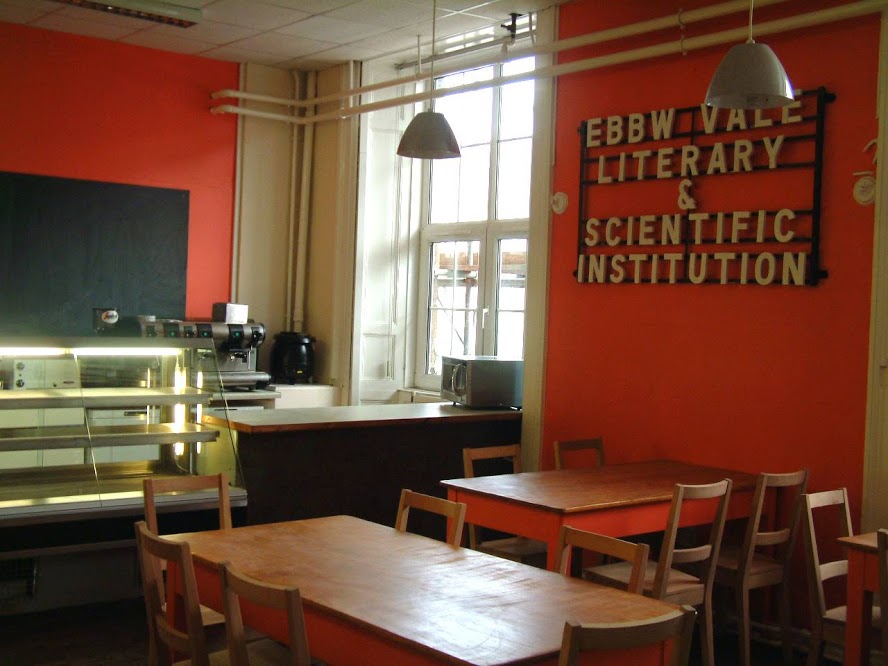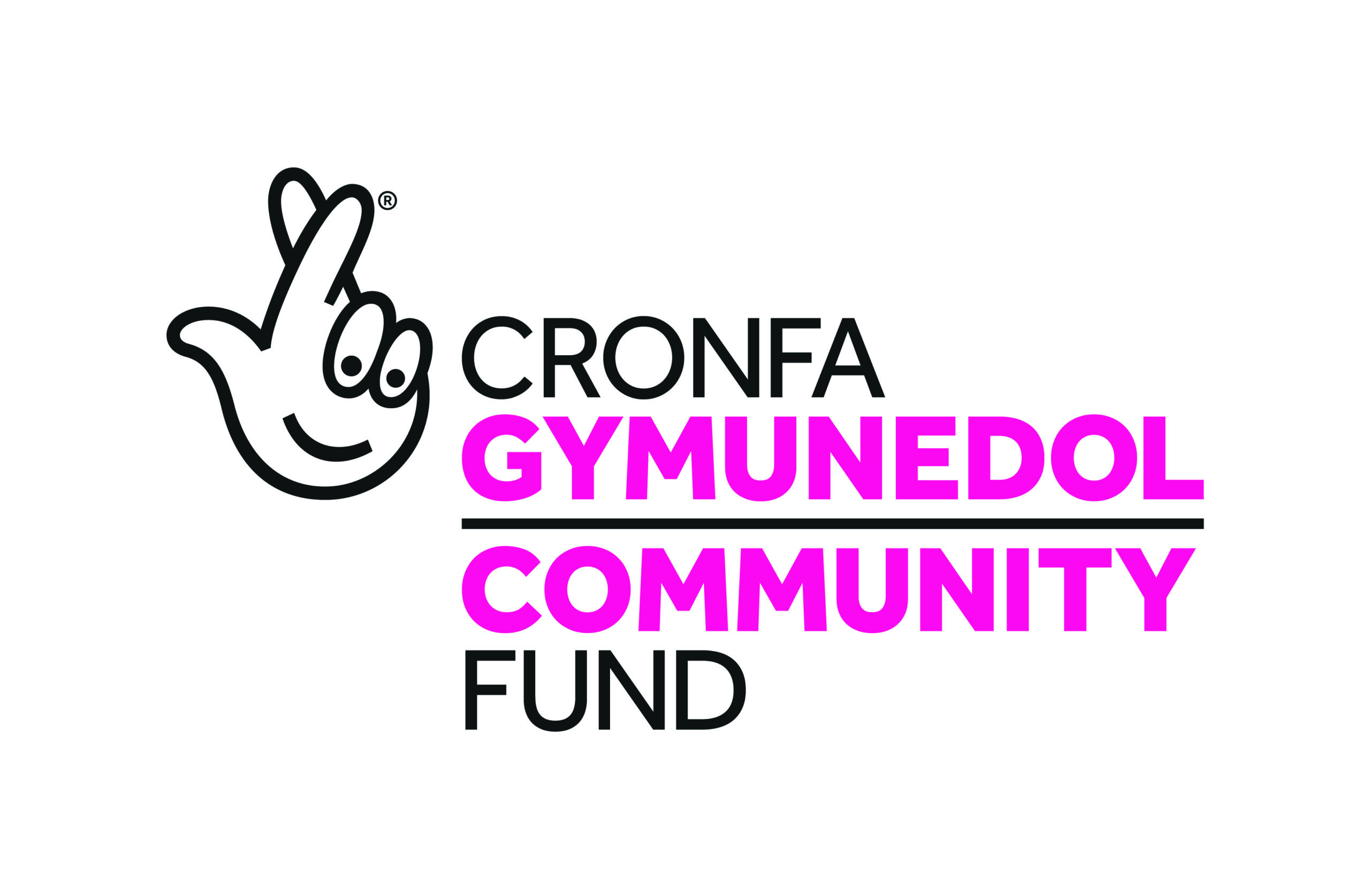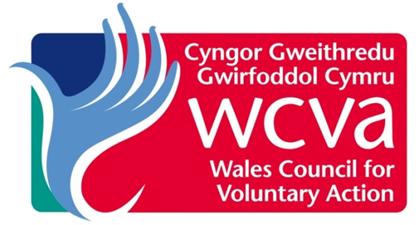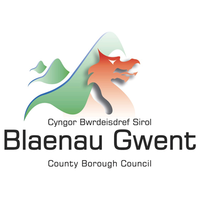Using Air To Heat the EVI
Comments Off on Using Air To Heat the EVIIn an age where saving money and being aware of your carbon footprint is more important than ever, Ebbw Vale Institute has been through it’s very own energy efficient makeover.
We’ve already told you about changing all the lighting in this historic building to LED lights after receiving funding from the Landfill Disposals Tax Communities Scheme. In this article we’ll tell you about the changes made to improve draught exclusion and the heating source.
EVI is a Grade II listed building ran by ProMo-Cymru. We are a landmark community venue dating back to 1849. We provide a programme of creative activities, learning and social enterprise developments. A variety of third sector organisations have settled into EVI and we welcome over 5,000 people a month.
Banishing the drafts

It’s inevitable that a big historic public building like this has draughts and this was a big problem when it came to the EVI’s energy bills. Doors were left open all the time so it took more energy to heat up rooms, empty rooms were being heated when it wasn’t needed and tenants were using electric heaters to warm their rooms.
Following receiving £32,523 through the WCVA funded scheme we decided to use some of this to try banishing the drafts and improving the energy efficiency of the building.
Automatic door closers were fitted on top of the doors. Automatic controls were fitted on the radiators, meaning they activate only when the room is occupied. This saves energy on unnecessarily heating an empty room.
“We identified that the kitchen and the recording studio were the areas with the highest energy consumption,” explains Samantha James, Operations Coordinator at the EVI.
“So we had energy meters installed and we took corrective action to reduce the power requirements in the kitchen.”
Cold air and warm rooms

The hand driers in the toilets were replaced with eco-driers, which use cold air rather than warm air. This should reduce energy consumption and reduce the use of hand towels.
“Many of our tenants and hirers had been using electrical heaters to warm cold areas of the building. We’ve now installed energy efficient wall heaters which ensure safety and efficiency.” adds Samantha.
“The heaters are on 10 minute timers and are invaluable when it comes to eradicating cold spots.”
Using air to heat
ProMo-Cymru took over the running of the historic building over ten years ago, saving it from demolition. The building went through a huge regeneration and energy efficiency was top priority back then too. Two state of the art air heat pumps were installed.
The 40kW air source heat pumps were installed at the rear of the building and provided low-grade heat. These would work with the original cast iron radiators as well as installing SmartRads to keep the building warm. A gas boiler was also installed to supplement the heat pumps in extremely cold weather.

Problems and solutions
We carried out an inspection of the heat pumps when we were looking at making further energy efficiency changes and found that one was not operating. The pumps had been running at significantly different times on the compressors. There was a blocked condensate pipe with fluid leaking and the piping was too small and poorly insulated. The pumps were also operating at 50 degrees, which is expensive to run. It made up 41% of the EVI’s energy consumption.
But we didn’t have the funds to fix these issues and repair the heat pumps, resulting in having to use the back up gas boiler in the winter. This caused a spike in energy usage, while the inefficient heat pumps were still running and increasing consumption further.
“The funding received through the Landfill Disposal Tax Community Scheme came to the EVI’s rescue and allowed the repairs to go ahead,” says a relieved Samantha.
“The EVI is once again being heated primarily through the energy efficient heat pumps.”
Check out our other article looking at the changes made to the lighting at the EVI to help cut costs and become more energy efficient.
This is a WCVA supported project made possible through the Landfill Disposals Tax Communities Scheme.
If you’re interested in hiring facilities at the EVi then contact us to find out more.











